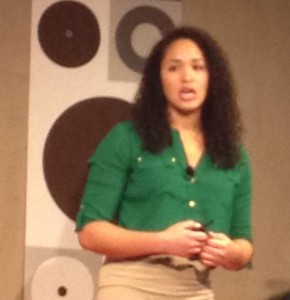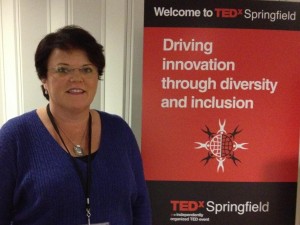Task Force Report on State Response to Alzheimer’s Nears Completion
/
Thirty-one states have published a plan to respond to what advocates describe as the “escalating crisis” of Alzheimer’s Disease. Connecticut may be next, and is one of 13 states currently in the midst of developing plans.
The Connecticut Chapter of the Alzheimer’s Association was among the leaders in crafting and shepherding legislation in the 2013 General Assembly session to create a task force to study the care provided to persons diagnosed with Alzheimer's disease and dementia in the state. That Task F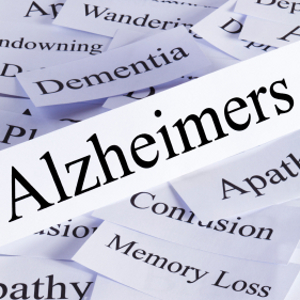 orce has been up and running throughout the fall, and is poised to announce its recommendations next month, just ahead of the start of the 2014 legislative session in February.
orce has been up and running throughout the fall, and is poised to announce its recommendations next month, just ahead of the start of the 2014 legislative session in February.
The 23-member task force of key agencies and community stakeholders convened in September, under the auspices of the Legislative Commission on Aging, to prepare findings and recommendations on ways to improve early detection, better coordinate health care services, set training requirements for health care providers and other professionals, services for early-stage and younger onset, and support to family caregi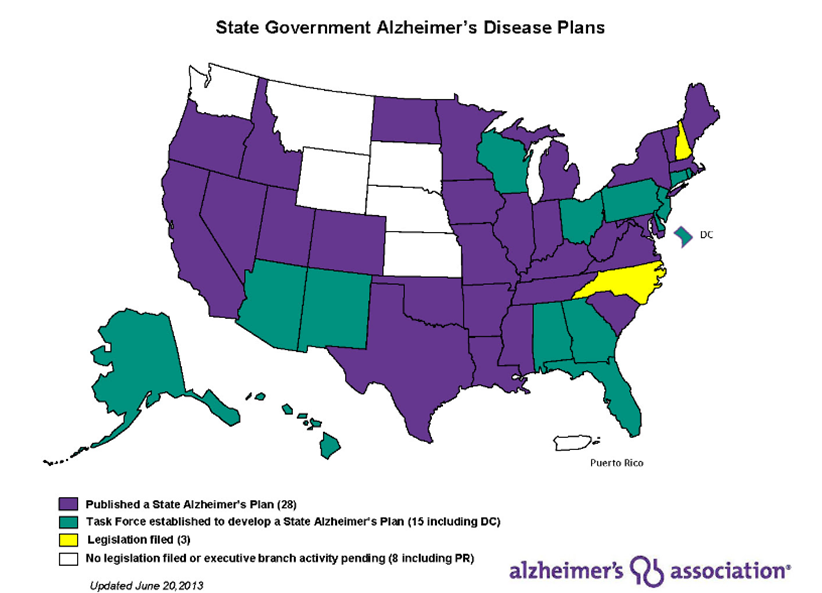 vers.
vers.
The Task Force was co-chaired by State Commissioner on Aging Edith Prague and Rep. Joseph Serra of Middletown. Members included Laurie Julian of the Alzheimer’s Association in Connecticut and other diverse community stakeholders appointed by legislative leadership and representatives from state agencies including the Department of Public Health, Department of Emergency Services, Department of Banking, Department of Labor and Department of Social Services, as well as six current legislators.
Over 5 million Americans are living with Alzheimer’s, and as many as 16 million will have the disease in 2050. Nearly one in every three seniors who dies each year has Alzheimer’s or another dementia. The cost of caring for those with Alzheimer’s and other dementias is estimated to total $203 billion in 2013, increasing to $1.2 trillion (in today’s dollars) by mid-century. Between 2000 and 2010, nationally, the number of people who died as a result of breast cancer, prostate cancer, heart disease, stroke and HIV all declined, while the number of people who died with Alzheimer’s increased by 68 percent.
In Connecticut, there were 820 deaths due to Alzheimer’s Disease in 2010, there are more than 63,000 individuals with Alzheimer’s in nursing homes in the state and it is estimated that 68% of nursing home residents have a cognitive impairment. As of 2010, there were an estimated 2,800 people between age 65-74 with Alzheimer’s in Connecticut, 30,000 between 75 and 84, and 37,000 age 85 or older.
The task force, in accordance with the legislation, will make recommendations in areas including:
- services provided to persons diagnosed with Alzheimer's disease and dementia; including persons with early-state and early-onset of Alzheimer's disease, and such persons' family members and caregivers
- legislative policy changes to better serve such persons, family members and caregivers;
- coordination between state agencies and private community-based health care providers to serve such persons, family members and caregivers;
- case management services for such persons, family members and caregivers;
- the transition of such persons from one health care facility to another; and
- the placement of such persons in community-based settings or health care facilities other than nursing home facilities, when feasible.
The state legislature acknowledged the growing numbers of residents impacted by the disease, passing the bill unanimously earlier this year, with 67 co-sponsors. It was signed into law in June by Gov. Malloy. The Alzheimer’s Association has been actively involved in the effort. The organization’s Connecticut chapter is based in Rocky Hill, with regional offices in Hamden, Norwalk, Norwich and New Milford.
In accordance with the legislation, the task force report is due to be published early next month, according to officials at the State Legislative Commission on Aging.


 ervices and treatments, and provide much needed education to those impacted by mental illness.
ervices and treatments, and provide much needed education to those impacted by mental illness.
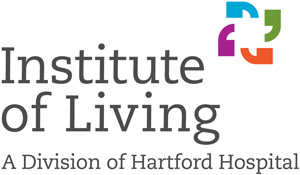 may be a lifelong condition, like diabetes. “However, as with diabetes, proper treatment enables many people with a mental illness to lead fulfilling and productive lives. By helping combat the stigma associated with mental illness, we can help increase the number of people that seek treatment.”
may be a lifelong condition, like diabetes. “However, as with diabetes, proper treatment enables many people with a mental illness to lead fulfilling and productive lives. By helping combat the stigma associated with mental illness, we can help increase the number of people that seek treatment.”
 ctive, responsive, transparent and accountable partnership between nonprofit providers and their state government funders.” It also called for revisions to the state’s procurement standards, streamlining data gathering, and “payment rates that cover the true cost of services.”
ctive, responsive, transparent and accountable partnership between nonprofit providers and their state government funders.” It also called for revisions to the state’s procurement standards, streamlining data gathering, and “payment rates that cover the true cost of services.” evious year, while 6 percent said it had improved.
evious year, while 6 percent said it had improved. t the program focus on learning about one’s own leadership personality, participatory decision- making, effective group dynamics and leadership practices, including change leadership. The field experiences allow participants to meet the area’s key players and organizations, better understand the region’s assets and challenges, and gain a greater understanding of creative problem solving while leveraging limited resources.
t the program focus on learning about one’s own leadership personality, participatory decision- making, effective group dynamics and leadership practices, including change leadership. The field experiences allow participants to meet the area’s key players and organizations, better understand the region’s assets and challenges, and gain a greater understanding of creative problem solving while leveraging limited resources. Consortium for Higher Education (HCHE) to create a media device that would tell the story of the Career Beginnings program, which connects Hartford-area high schools, businesses, volunteers/mentors and parents in a coordinated effort to increase the percentage of Hartford teenagers who graduate from high school, pursue higher education and fulfill career goals.
Consortium for Higher Education (HCHE) to create a media device that would tell the story of the Career Beginnings program, which connects Hartford-area high schools, businesses, volunteers/mentors and parents in a coordinated effort to increase the percentage of Hartford teenagers who graduate from high school, pursue higher education and fulfill career goals.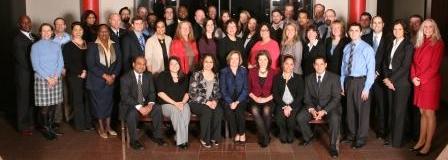 ).
).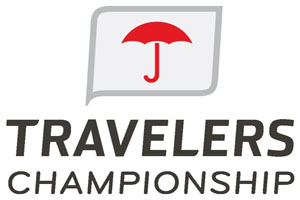
 llars raised in the Birdies for Charity pledge-based fundraiser and the Chip In for Charity ticket-sales fundraiser. Additionally, the Travelers Championship raised awareness and funds for local charities through a variety of special events like the Birdies for the Brave Golf Outing, BlumShapiro 5K for Charity, Premier Limo First Tee Classic, Military Appreciation presented by Saint Francis Care, Golf Digest Junior Pro-Am, Northstar Wealth Partners Celebrity Mini Golf Tournament, Women's Day presented by Travelers, Powerstation Events Concert Series, and the LEGO® Children's Charity Golf Tournament.
llars raised in the Birdies for Charity pledge-based fundraiser and the Chip In for Charity ticket-sales fundraiser. Additionally, the Travelers Championship raised awareness and funds for local charities through a variety of special events like the Birdies for the Brave Golf Outing, BlumShapiro 5K for Charity, Premier Limo First Tee Classic, Military Appreciation presented by Saint Francis Care, Golf Digest Junior Pro-Am, Northstar Wealth Partners Celebrity Mini Golf Tournament, Women's Day presented by Travelers, Powerstation Events Concert Series, and the LEGO® Children's Charity Golf Tournament. ts from the U.S. and beyond will exchange knowledge about voluntary action, nonprofit organizations, and philanthropy – and Connecticut will be well represented among participants. David Nee, representing the Connecticut Data Collaborative and Terry Edelstein, nonprofit liaison to the Governor will be among the panelists for a plenary session of the Conference. Among those attending the national conference close to home are Kyle Barrette (UConn), Mary Bernstein (UConn), Ron Cretaro (Connecticut Association for Nonprofits), Robert Fisher (UConn), Richard Frieder (Hartford Public Library), Maggie Gunther Osborn (Connecticut Council for Philanthropy), Reinaldo Rojas (UConn), Homa Naficy (Hartford Public Library), Nmarasimhan Srinivasan (UConn), Rebecca Thomas (UConn) and Jun Yan (UConn).
ts from the U.S. and beyond will exchange knowledge about voluntary action, nonprofit organizations, and philanthropy – and Connecticut will be well represented among participants. David Nee, representing the Connecticut Data Collaborative and Terry Edelstein, nonprofit liaison to the Governor will be among the panelists for a plenary session of the Conference. Among those attending the national conference close to home are Kyle Barrette (UConn), Mary Bernstein (UConn), Ron Cretaro (Connecticut Association for Nonprofits), Robert Fisher (UConn), Richard Frieder (Hartford Public Library), Maggie Gunther Osborn (Connecticut Council for Philanthropy), Reinaldo Rojas (UConn), Homa Naficy (Hartford Public Library), Nmarasimhan Srinivasan (UConn), Rebecca Thomas (UConn) and Jun Yan (UConn). d all aspects of civil society, as well as to meet the needs of those who study and lead “the social sector.”
d all aspects of civil society, as well as to meet the needs of those who study and lead “the social sector.” 

 ce organizations across the country that deal with issues such as health, housing, education, career development, and family support. When veterans return home, they face vast and complex challenges. According to the Department of Defense, the military suicide rate hit a record high in 2012, increasing nearly 16 percent over the previous year. Over 60,000 veterans are homeless. The unemployment rate for Gulf War-era veterans was 9.9 percent in 2012, compared to 8 percent for all Americans.
ce organizations across the country that deal with issues such as health, housing, education, career development, and family support. When veterans return home, they face vast and complex challenges. According to the Department of Defense, the military suicide rate hit a record high in 2012, increasing nearly 16 percent over the previous year. Over 60,000 veterans are homeless. The unemployment rate for Gulf War-era veterans was 9.9 percent in 2012, compared to 8 percent for all Americans. Francisco-Oakland (44%), Fort Collins-Loveland, Colorado (44%), and Seattle-Everett, Washington (42%). Yuma, AZ and Merced, CA, both at 11 percent, ranked last.
Francisco-Oakland (44%), Fort Collins-Loveland, Colorado (44%), and Seattle-Everett, Washington (42%). Yuma, AZ and Merced, CA, both at 11 percent, ranked last. education rise by about 7 percent as the share of college graduates in his city increases by 10 percent,” a statistical analysis indicates.
education rise by about 7 percent as the share of college graduates in his city increases by 10 percent,” a statistical analysis indicates.
